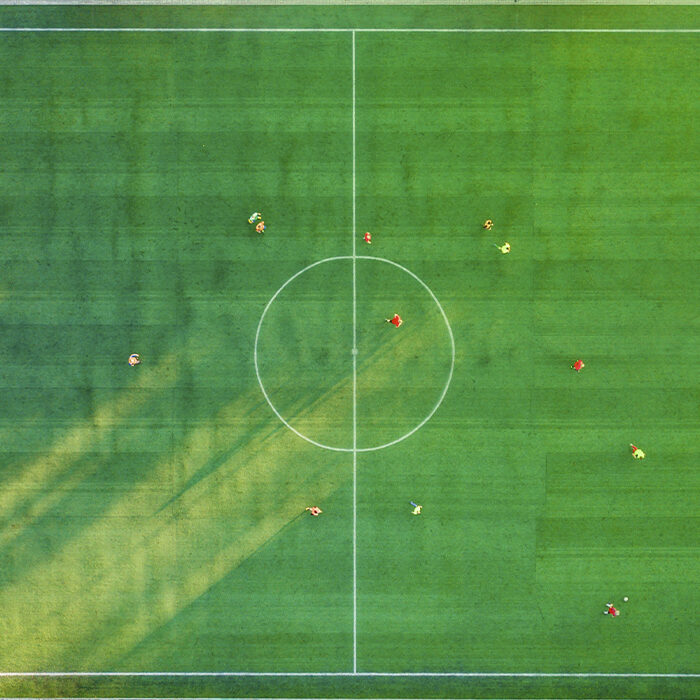The ball in soccer is an object having a spherical shape, which is the main technical attribute of the team game. Sports equipment is designed for kicks and passes made with the feet, head and other parts of the body in order to achieve a game advantage of one team over the other, to score a goal in the opponent’s goal.
What does playing ball mean?
Ball game with feet in the form in which we are accustomed to see it today, formed as a sport only in the middle of the XIX century. The contest began to be governed by the rules, the first elements of sports equipment appeared. The ball in soccer is the central and main tactical attribute, around which the whole game is built.
Through individual and collective actions players of each team try to gain control of the ball. The task of the attacking team through passes and strikes on the ball hit the goal of the opponent. The defending team strives with all its might to counter the attacking actions of the opponent, trying to intercept the ball and not allow to take their own goal.
During the match, players playing in the field of play are prohibited to touch the ball with hands. Field players may only take the ball in their hands when the game is stopped for a free kick or penalty kick, when throwing the ball in from behind the sideline. The goalkeeper is the only player who is allowed to touch the ball with his hands within the penalty area, both when shooting and reflecting kicks.
A soccer ball is something to score against an opponent’s goal
The first soccer balls were made from whatever material was available. Any elasticity of the sports projectile was out of the question. Almost any object of round shape and with approximate dimensions could be used for the game.
The situation with sports equipment began to change only with the advent of rubber. In 1855 the first time in the game was tried a ball made of rubber. The main difference between the new projectile from its primitive predecessors was its proper circular shape, needed strength and resiliency.
In 1862, through the efforts of Richard Lyndon, a rubber sphere was transformed into a soccer. The inflatable rubber chamber was placed in a sewn leather shell. Over the next 10 years, soccer players and functionaries decided on the design of this sports equipment, its optimal size and parameters. Officially, the first standard for the soccer ball introduced in the
Rules for the game of foot ball, appeared in 1872. According to the standard:
A soccer (soccer) ball must have a spherical shape with a circumference length of 68.6-71.7 cm;
The mass of the projectile ranged from 367 to 425 g;
the ball, inflated with air, must have the necessary strength, to be resilient;
The surface of the projectile must be leather.
After the Football League was created in England in 1888, mass production of soccer balls began in accordance with the
approved standard.
In the late 30’s the standard was amended with regard to the weight of the projectile. From now on the ball should have a mass of 400-450 grams. This parameter remains unchanged today. Over time, changed and design projectile. Leather liner gave way to a synthetic shell, there was a lining.
The casing of the ball consists of 32 polygonal fragments (20 hexagonal elements and 12 pentagons). Originally the casing of the ball had a contrasting color and consisted of fragments of black and white. Today, sports gear is available in different colors, largely reflecting the color brand.
The lining is made of cotton pressed fabric or polyester. Its function is to increase the elasticity of the ball, to provide the necessary bounce to the projectile from the lawn or body parts of the players.
Rubber chamber gave place to the synthetic elastic materials. Professional balls have a latex chamber, which improves the dynamic characteristics.
Produce professional balls carried out by various firms and companies specializing in the production of sports equipment and equipment. Later, began to produce footballs that have special specifications that affect the behavior of the shell during the game. In anticipation of a new season or on the eve of a major soccer forum is customary to produce branded balls, distinguished by a specific appearance and technological features.
To date, for the manufacture of balls used only synthetic materials. Standards and requirements for sports equipment are about the same as 150 years ago:
The length of the sphere circumference is 68-70 cm (English Size 5);
according to the standard, the weight of the dry projectile ranges from 400-450;
chamber pressure is 0.6-1.1 Atm.




